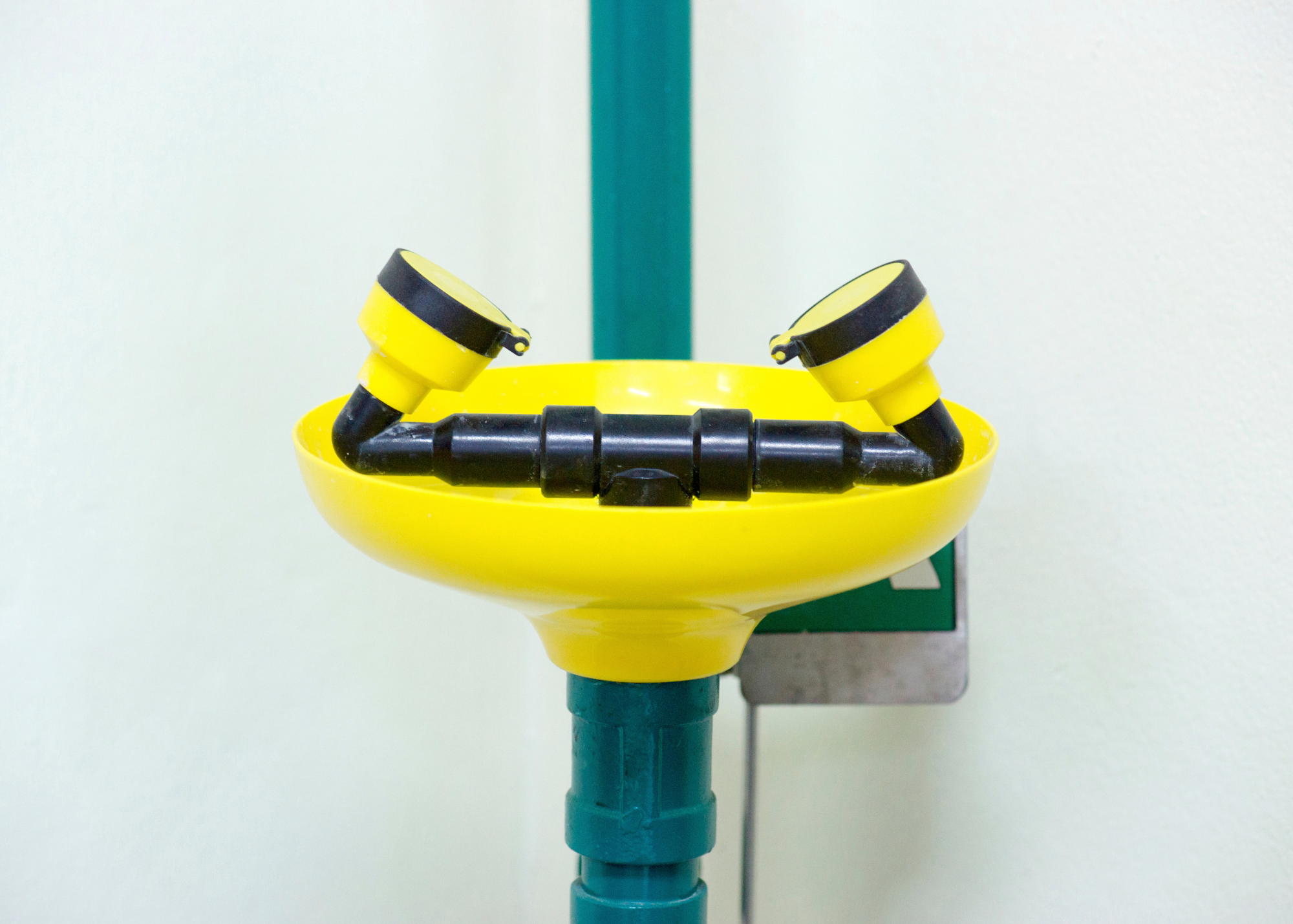Updated TOSHA Eye Wash Requirements

by Caitlin Denison, BS, RDH
As a company, MPS is always on the lookout for the newest guidance and standard interpretation as it relates to OSHA and HIPAA compliance, so we can pass it along to you. We frequently discuss hazards and recent inspections with industry leaders, practices, and regulatory agencies, to allow you to focus on treating patients.
We recently received valuable guidance on current Tennessee OSHA (TOSHA) expectations for eyewash facilities. Please, take a moment to review and consider if your station would get a passing grade under this new interpretation and enforcement stance.
- Eyewash Faucet Mounts: Generally, TOSHA does NOT consider eyewash faucet attachments that require multiple actions-for example, pulling a pin and turning on a faucet- to be compliant because performing multiple actions may delay access. Additionally, the unit may not provide the appropriate water temperature. Such units are considered supplemental and do not replace fully ANSI compliant eye wash stations. Similarly, bottled eye wash units (also known as personal wash units) are not permitted to be used as primary eye wash stations.
It is best practice to ensure that your eyewash station meets ANSI/ISEA Z358.1-2014 guidelines for design, installation, and maintenance. These general requirements are listed below:
- Flow: The station must be plumbed and provide an immediate and uninterrupted flow of tepid water for a minimum of 15 minutes. Hot water lines must be temperature-regulated to avoid hot water damaging the eyes. Depending on the unit in use, this may require the installation of a mixing valve.
- Location: The unit must be located within 10 seconds or 55 feet of the hazard. The unit must be on the same level of the building as the hazard and must not be obstructed by doors, equipment, or other barriers. To meet this requirement, large offices may require more than one eyewash station.
- Corrosive chemicals are just one of the hazards an eyewash is needed for. Consider that, often, the ultrasonic cleaning solution is corrosive. Is there an eyewash station within 10 seconds of your ultrasonic unit?
- Consult product SDSs to determine what other chemicals require an eyewash. Keep in mind that some hazardous chemicals may require drenching stations or another method of rinsing.
- Hands Free: The unit must be hands-free once activated, allowing the user to keep their hands free for flushing. Remember, TOSHA has stated that faucet-mounted units requiring multiple actions are typically non-compliant.
- Maintenance: The unit should be flushed weekly to prevent injury from stagnant water contamination and to ensure functionality. We recommend maintaining logs of this and other eyewash maintenance tasks.
- Visibility: Use signage to indicate the location of the eyewash so that it may be located in an emergency. Units with visible and/or audible alarms may help medical responders locate injured persons more rapidly.
As always, if you have any questions or concerns about your eyewash station or other compliance matters, feel free to reach out to us via phone, email, or MyCase message.
